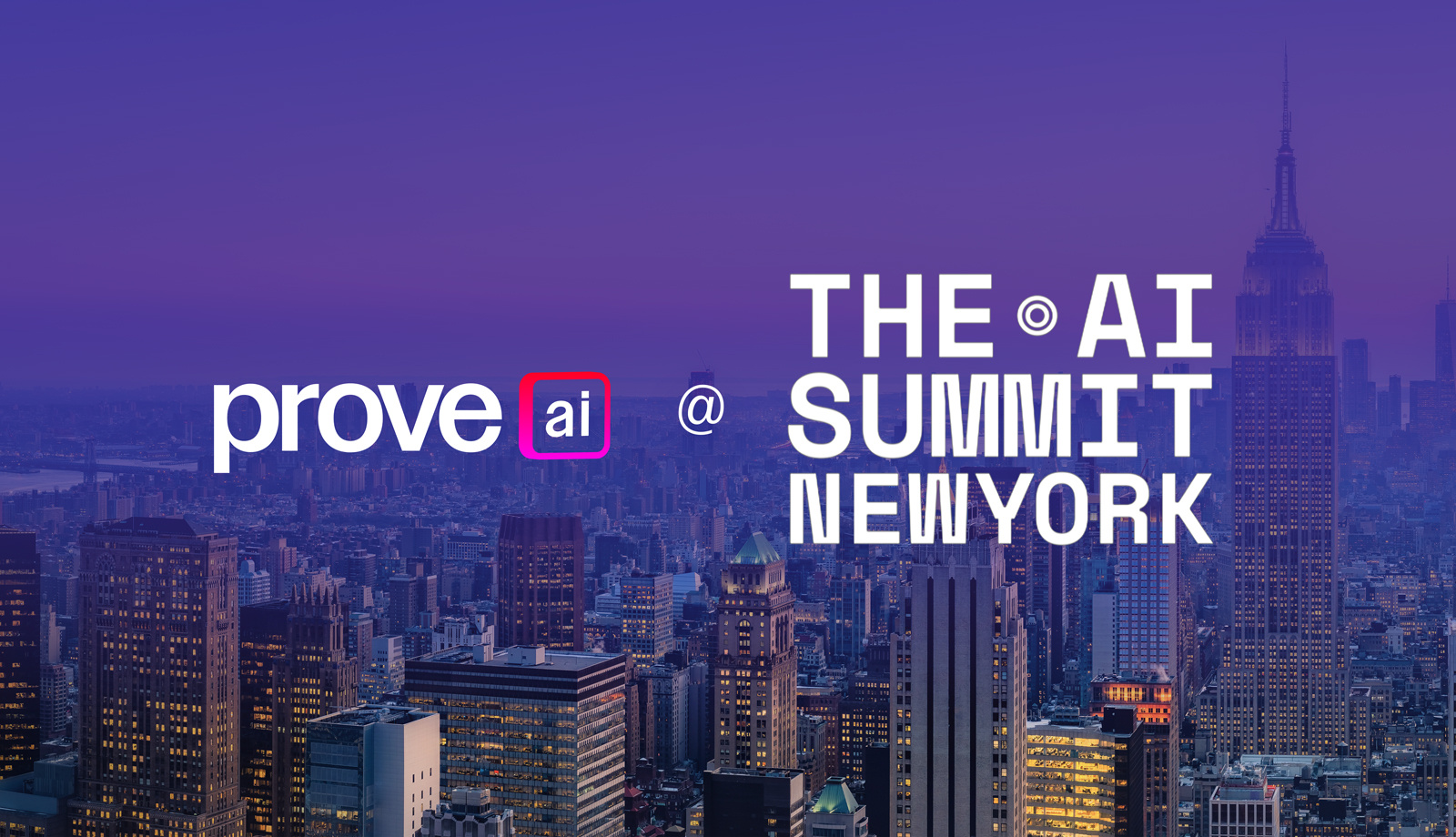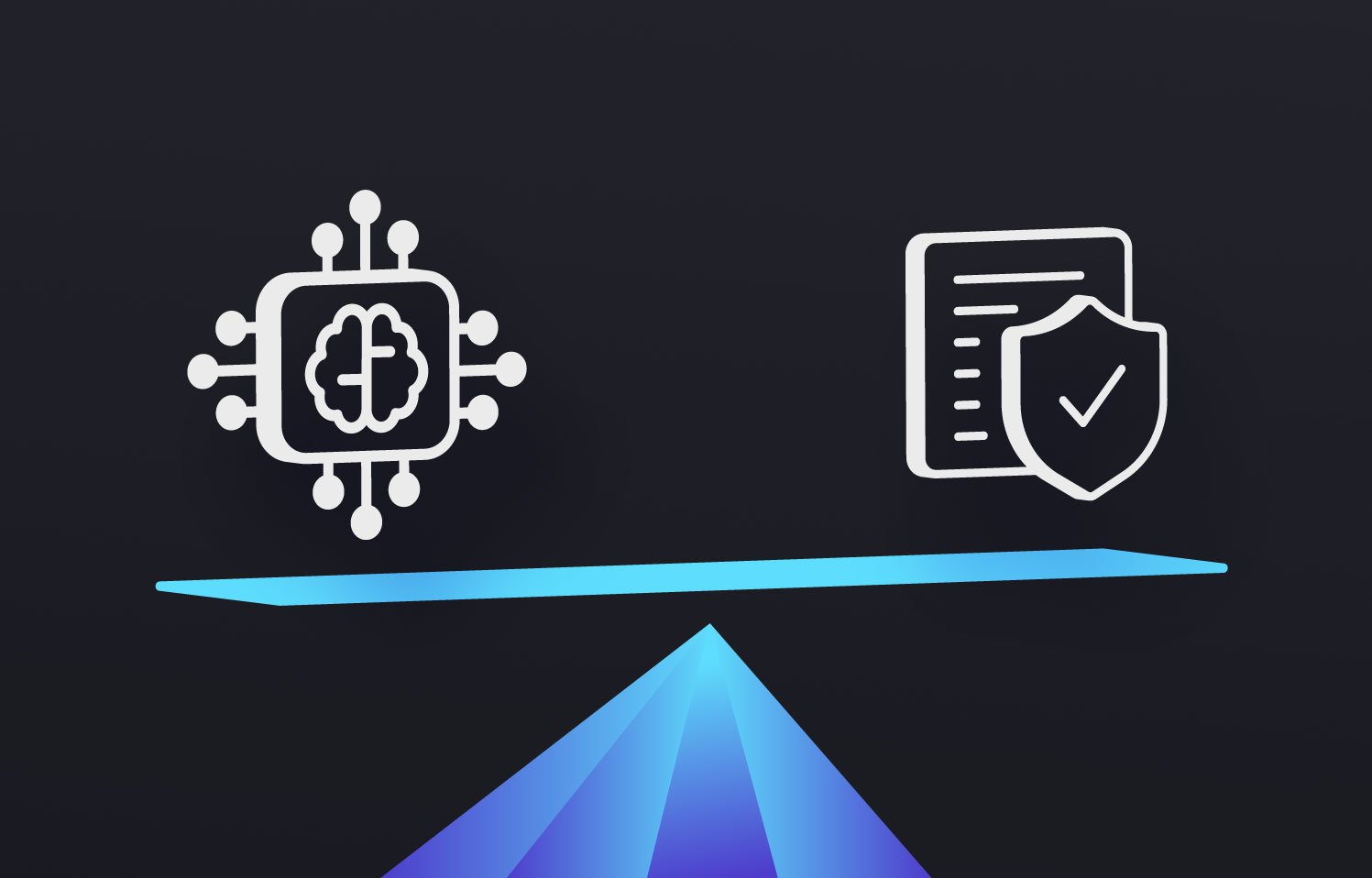AI, while an incredibly exciting technology, is still in its earliest innings. Per a recent Gartner study, only 4-in-10 AI proofs of concept ultimately reach production, due largely to the lack of collaborative infrastructure and resources to be successful.
As demand for customer-facing AI applications continues to escalate, it’s critical for businesses to begin to standardize how they observe and explain patterns in the data that trains AI models. Currently, myriad AI stakeholders – a group that includes data scientists, ML Ops teams and business unit leaders – are largely operating from different playbooks and perspectives, making it prohibitively difficult to tune and train AI models.
They ask different questions. They use different tools. They measure success differently.
The conversations in those silos often include:
- ML Ops: Is this model stable and reproducible?
- Data Scientists: Is the data driving the right results?
- Business Unit Leads: Is AI on-brand, safe, and meeting policy expectations?
Too often, these critical voices only come together if something breaks, like an off-script chatbot or an obvious output bias. This is closer to crisis management than AI collaboration.
While guardrails and compliance are critical pieces of AI oversight, performance evaluation and optimization are where the next evolution in AI collaboration begins. Put another way: a guardrail is only as effective as the process that underlies it, and ensures it’s being constantly optimized and updated with new insights.
Common AI Collaboration Challenges
Let’s take a closer look at the perspectives of each of the previously mentioned stakeholders, along with a more macro perspective in honor of the increasingly popular “Chief AI Officer” role that most major organizations are introducing. .
1. ML Ops: “Is the model stable in the wild?”Tasked with observability and reproducibility, ML Ops teams often lack visibility into whether their work actually drives positive business or user outcomes. Without that tie-in, stability becomes a box-checking exercise.
2. Data Scientists: “Is the data feeding the right results?”Once models move to production, data scientists often lose the feedback loop. Did their choices make the AI smarter, faster, or more useful, or did they introduce unintended drift?
3. Business + Risk Leaders: “Is this aligned with brand, risk, and user trust?”Whether an organization is launching chatbots, customer-facing AI, or automated decision-making, business leaders need simple answers to complex questions. Most importantly, is the AI aligned with our policies and brand, and are outputs responsible, fair and auditable?
4. Chief AI Officer: “Is AI aligned and advancing our business?”The emerging Head of AI role must often bridge deep technical nuance and C-suite business goals, seeing the big picture. They need a horizontal view, but usually get stuck in vertical silos.
Building a Cross-Functional Fusion Team
Cross-functional AI fusion teams will blend domain expertise, business leadership and technical chops to drive AI success end-to-end. Prove AI is built to power those teams, taking away the siloed dashboards and manual performance audits in favor of real-time, provable, explainable insights that each stakeholder can act on.
This is a new paradigm for businesses, and we're still in the process of developing best practices. What we know is that AI is only as good as an organization's ability to gather diverse stakeholders and get them to operate from the same source of truth as they train and tune AI models to ensure their desired output.
AI collaboration is not just about preventing bad outputs. It’s about accelerating good outcomes through innovation. Prove AI helps ensure that performance is the common language across every stakeholder, including:
- bringing performance insights directly into the ML Ops toolbox, transforming stability into value delivery.
- closing the loop for Data Scientists, with real-time production feedback tied back to data decisions.
- delivering clarity for Business Unit Leads with natural language summaries, automated alerts, and traceable decision paths.
- serving as the connective layer for Chief AI Officers, aligning teams with a unified view of AI performance and impact.
With Prove AI, collaboration becomes proactive, performance becomes visible, and outcomes become optimized. Book a demo today and discover how Prove AI can empower your AI collaboration.



